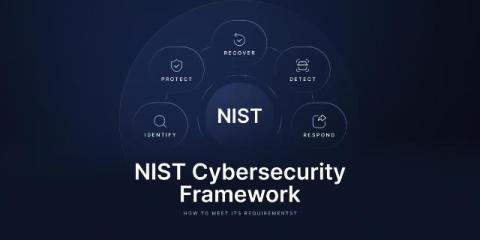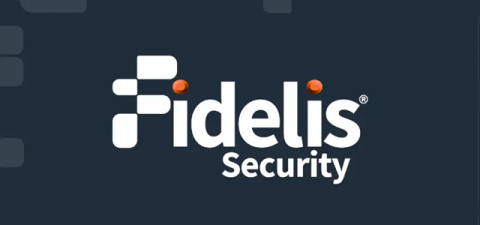Reflecting on 2024: Key Cybersecurity Trends and ThreatQuotient Milestones
This year, organizations increasingly recognized the importance of cybersecurity automation. According to our 2024 Evolution of Cybersecurity Automation Adoption report, 80% of senior cybersecurity professionals now consider automation crucial, up from 75% last year. Notably, 39% have secured new budgets specifically for automation, highlighting a strategic shift towards more efficient and scalable security operations.











